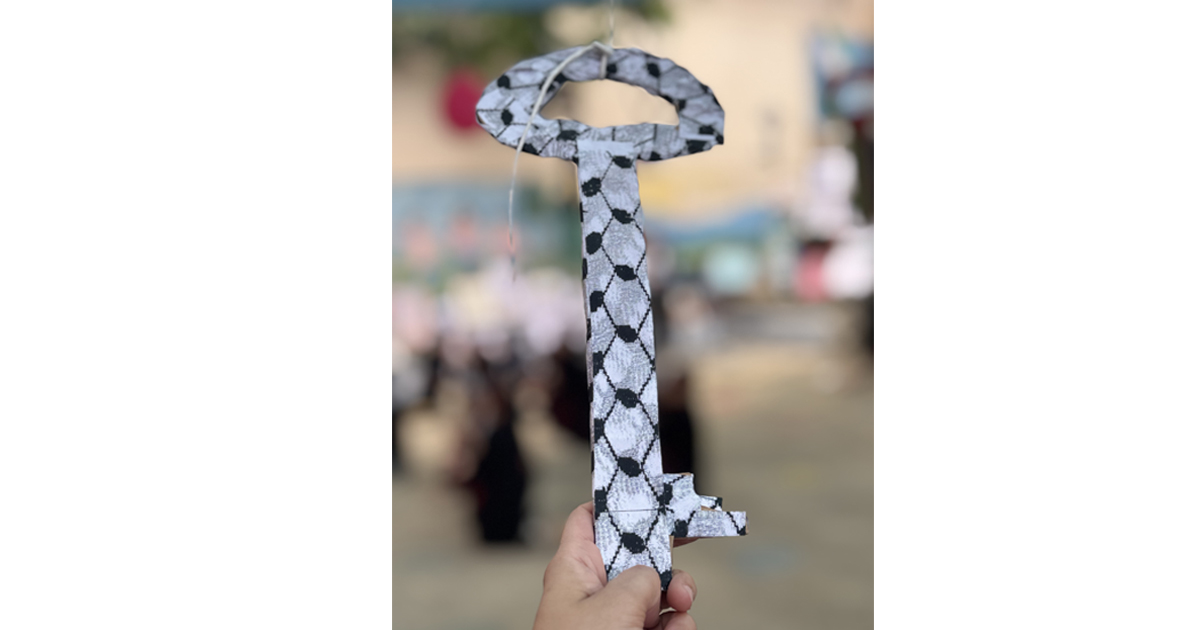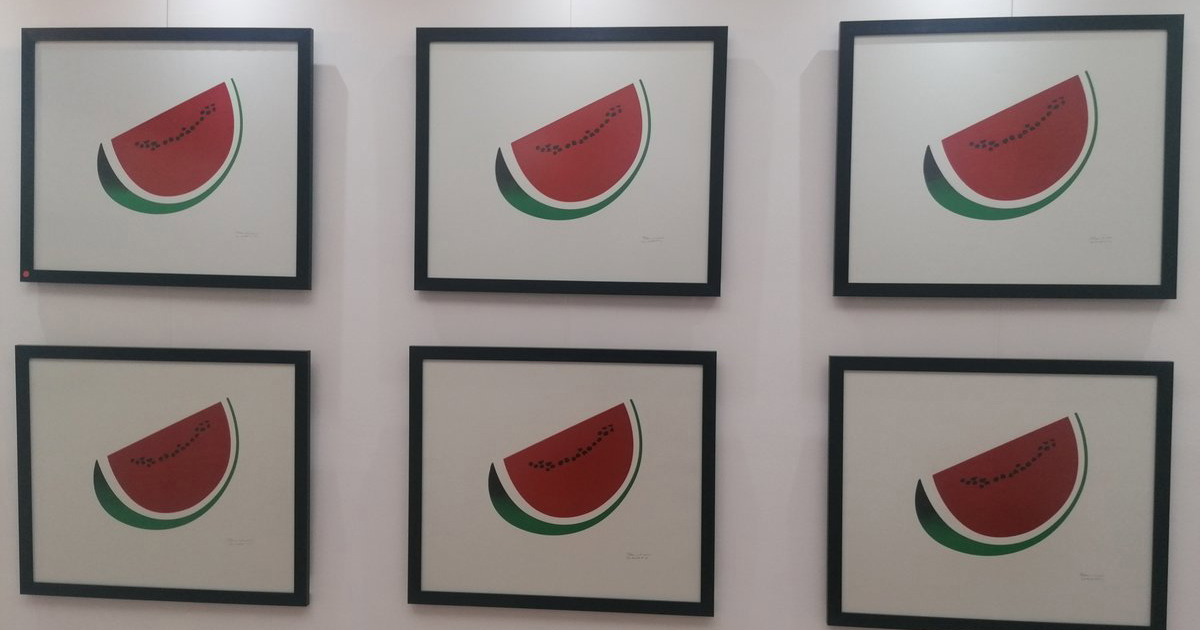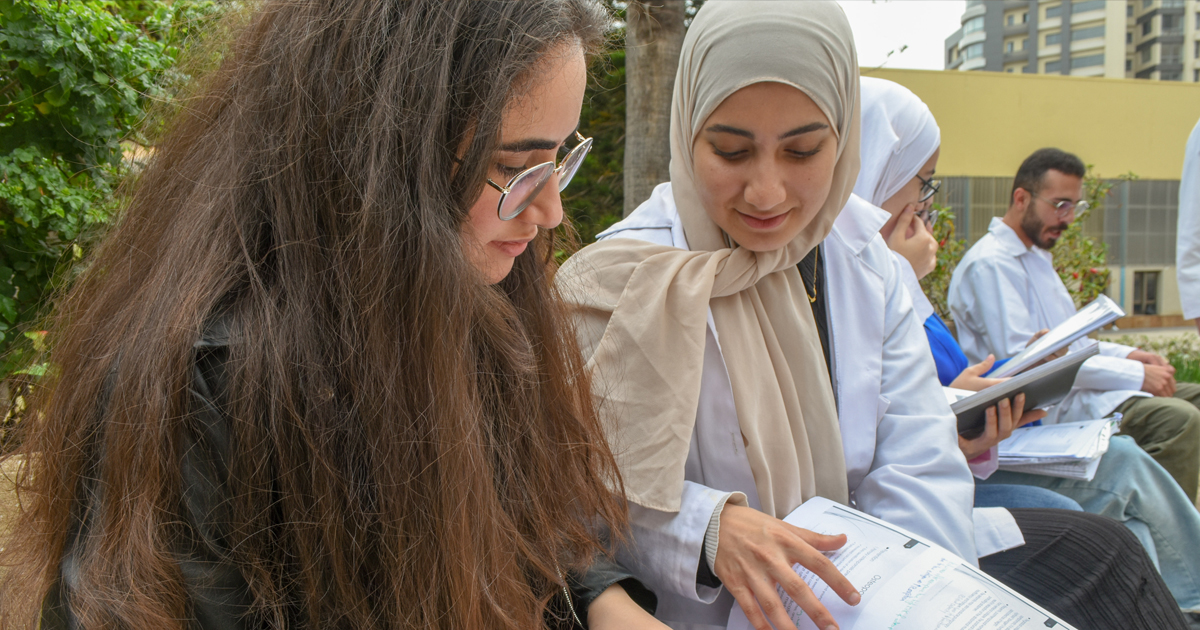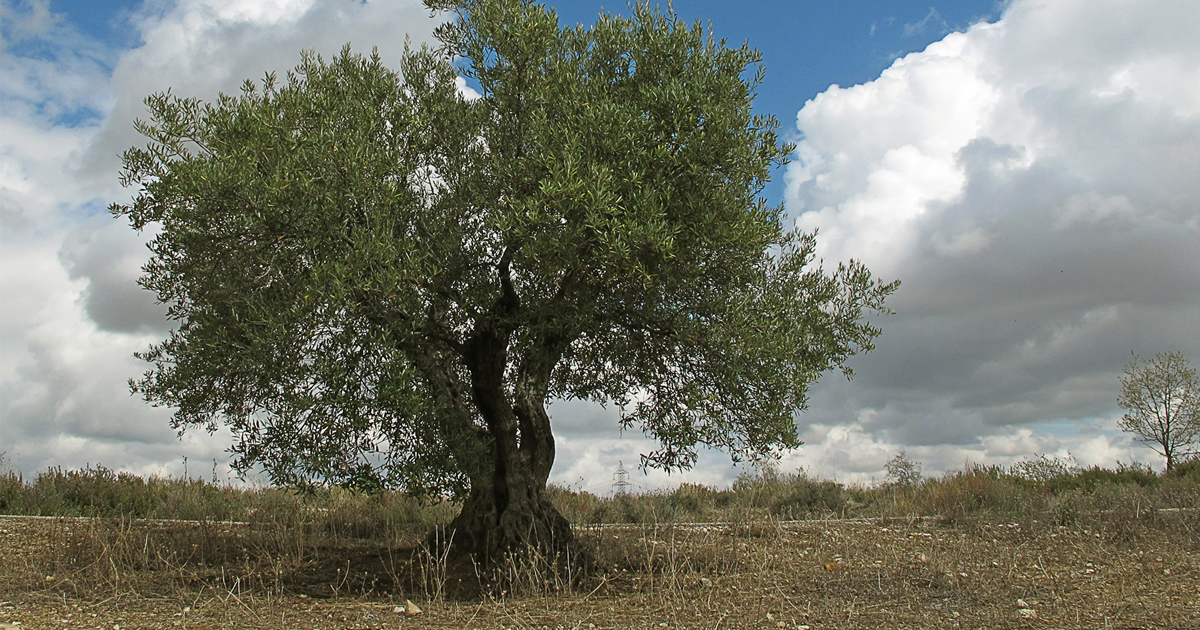When they left their homes, villages, and land, no one certainly thought that it wasn’t a journey doomed to return. No one thought that was going to be an open-date journey and they will spend their lives as refugees.

Lebanon has long been a country caught in the middle like a mailbox collecting the sparks of regional conflicts. Since its founding, it’s been governed by a “temporary” logic that somehow always becomes permanent. Sectarian tensions have seeped deep into their institutions, shaping every aspect of public life.

There are 12 official Palestinian refugee camps in Lebanon, established between 1948 and 1955 after the Nakba, when thousands of Palestinians were displaced from their homeland.
These camps, spread across Lebanon’s north, south, and central regions, were created as temporary sanctuaries, but over time, they became permanent homes for generations of refugees.
Today, these camps continue to host Palestinian refugees and displaced Syrians, living under difficult socio-economic conditions marked by overcrowding, limited employment, and poor infrastructure.
Why Were Palestinian Refugee Camps Established in Lebanon?
The Palestinian refugee camps were created after the 1948 Nakba, when hundreds of thousands of Palestinians were expelled or fled from their homes during the Arab-Israeli conflict.
The International Red Cross and later UNRWA (United Nations Relief and Works Agency) set up camps to provide temporary shelter, which, decades later, became permanent settlements.
Shatila Camp: What Is Its History and Current Situation?
Established in 1949 by the International Committee of the Red Cross, Shatila Camp lies east of Beirut’s Sports City. Originally built for a few hundred refugees from northern Palestine, it became infamous after the 1982 Sabra and Shatila massacre, where thousands of civilians were killed.
Today, Shatila’s population exceeds 22,000 people, squeezed into less than one square kilometer. The camp remains heavily overcrowded and impoverished.

Burj Barajneh Camp: How Did It Evolve?
Founded in 1949 in Beirut’s southern suburb, Burj Barajneh Camp initially housed 3,500 refugees from Galilee. Over the decades, waves of displacement - especially during the Lebanese Civil War and the Syrian crisis - swelled the population to around 40,000 residents.
Its dense, haphazard construction and aging infrastructure make daily life extremely difficult.

Dbayeh Camp: What Makes It Different?
Located 12 km north of Beirut, Dbayeh Camp was established in 1952. It sits on land leased from the nearby monastery of Deir Mar Yussef. Despite past raids during the Lebanese Civil War, the camp has remained relatively peaceful.
Today, it houses about 2,000 residents, including Palestinians, Lebanese, and Syrians. Dbayeh blends quietly into its surroundings, barely recognizable as a camp.

Ein El Hilweh Camp: Which Is the Largest Palestinian Camp in Lebanon?
Ein El Hilweh, southeast of Saida, is the largest and most crowded Palestinian refugee camp in Lebanon. Founded in 1948, it became a destination for displaced Palestinians from other camps and for refugees fleeing Syria’s war.
The camp’s population now surpasses 54,000 residents, making it a densely packed urban settlement struggling with unemployment and instability.
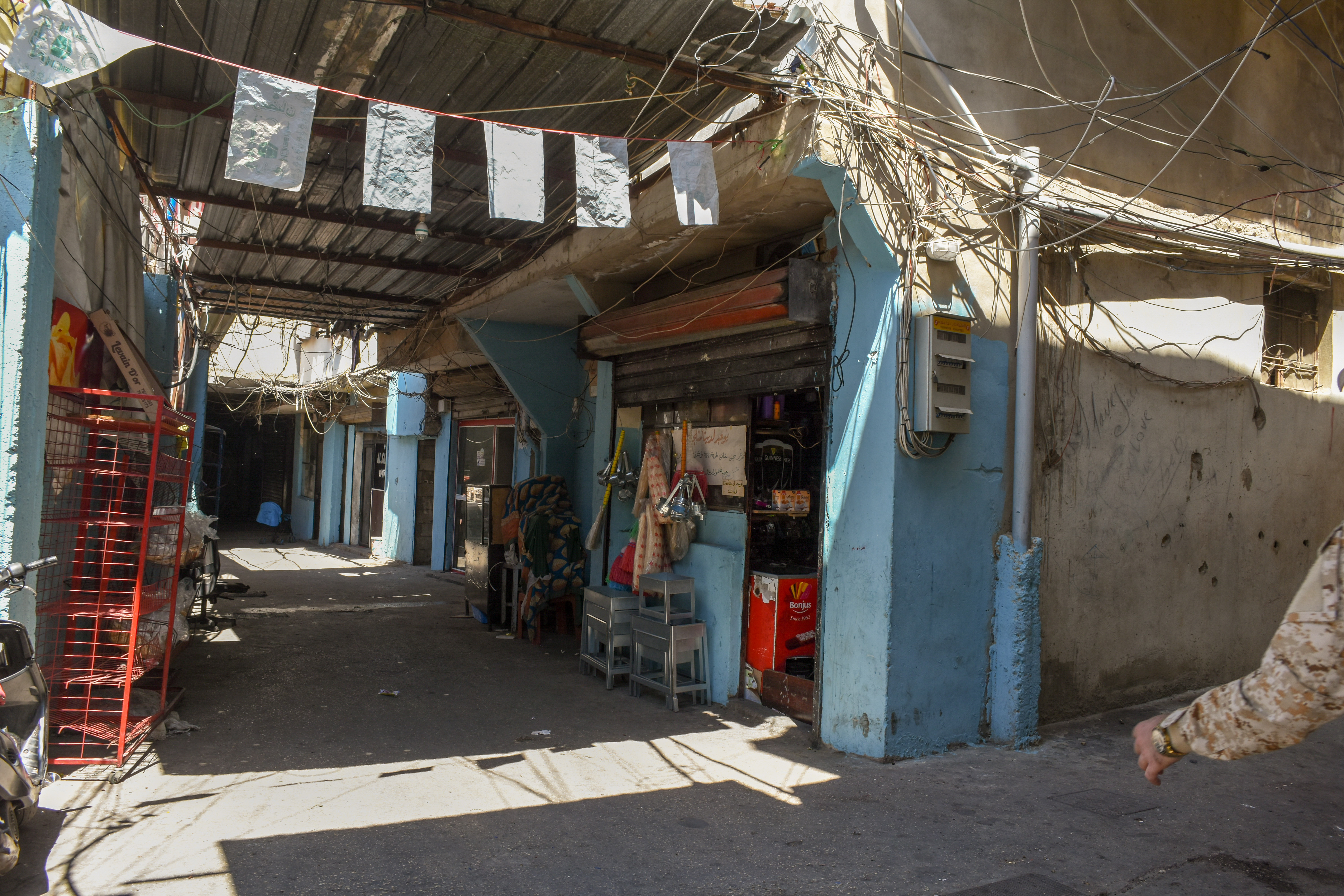
Mieh Mieh Camp: What Challenges Do Refugees Face?
Located 4 km east of Sidon, Mieh Mieh Camp was established in 1954 for refugees from northern Palestine. It has survived civil war destruction, Israeli invasions, and armed clashes.
With around 5,000 residents, the camp suffers from high poverty rates. Most men work as daily laborers in construction or agriculture, while women engage in cleaning or embroidery.
Beddawi Camp: What Is Its Story?
In 1955, Beddawi Camp was established near Tripoli in northern Lebanon. Over the years, it has absorbed refugees displaced from Nabatieh, Tal el-Zaatar, and Nahr el-Bared after wars and unrest.
Today, more than 45,000 refugees live there - straining the already fragile infrastructure in one of Lebanon’s poorest areas.

Nahr el-Bared Camp: What Happened in 2007?
Nahr el-Bared Camp, meaning “cold river,” was established in 1949 near Tripoli. It was severely destroyed during clashes between militants and the Lebanese Army in 2007, forcing 27,000 residents to flee.
Reconstruction has cost over US$329 million, splitting the camp into an old and new section. Despite partial rebuilding, tight security controls continue to affect the local economy.

Wavel Camp: How Do Refugees Live in the Beqaa Valley?
Located near Baalbek, Wavel Camp occupies former French army barracks. Though it escaped major wartime destruction, its cold winters and poor housing conditions make life difficult.
Around 8,000 families live there, with most working seasonally in agriculture or construction.

Rashidieh Camp: Which Is the Oldest Camp in Lebanon?
Rashidieh Camp, on the coast south of Tyre, dates back to 1936, originally built for Armenian refugees. In 1963, UNRWA expanded it to house Palestinians from northern villages.
Civil war damage displaced thousands, and today about 31,478 people reside there. Most depend on seasonal agricultural work to survive.


Its small size and central location shielded it from much civil war damage. With around 11,254 residents, most live in self-built concrete homes and rely on small trade or seasonal work.

